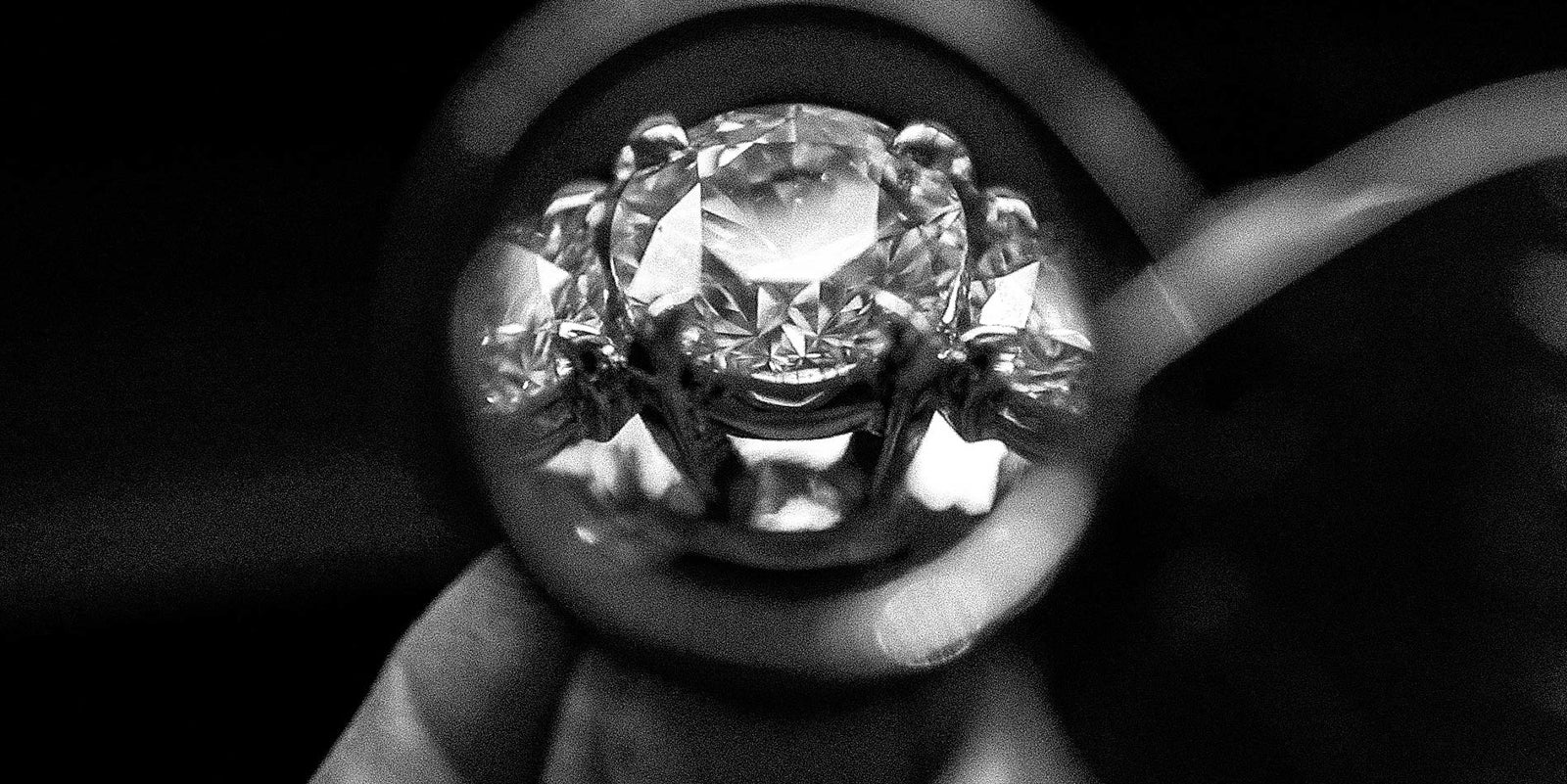Introduction to Lab Diamond Rings
When it comes to choosing a ring that symbolizes love, commitment, or simply personal style, lab diamond rings have emerged as a popular choice. But what exactly are lab diamonds, and why are they becoming so sought after? Let’s dive into the world of lab diamonds and explore why they might be the perfect fit for you.
What Are Lab Diamonds?
Lab diamonds are real diamonds created in a controlled environment that mimics the natural conditions under which diamonds form. They have the same physical and chemical properties as natural diamonds but are often more affordable. Essentially, lab diamonds offer all the sparkle and brilliance of natural diamonds without the high price tag.
Why Choose Lab Diamonds?
Lab diamonds are not only budget-friendly but also come with a lower environmental impact compared to mined diamonds. Plus, they can be produced with fewer ethical concerns, making them an attractive choice for the conscientious buyer.
Platinum: The Premium Choice
When you think of platinum vs gold lab diamond rings is often at the top of the list. It’s known for its rarity, strength, and classic appeal. But what makes platinum so special?
Characteristics of Platinum
Durability and Strength
Platinum is one of the densest and strongest metals used in jewelry. Its durability makes it an excellent choice for everyday wear, particularly in engagement rings and wedding bands. Unlike gold, platinum does not wear away over time, which means it maintains its appearance and structural integrity for years.
Color and Appearance
Platinum naturally has a white, shiny appearance that complements the brilliance of lab diamonds. It doesn’t require plating, unlike white gold, which can develop a yellowish tint over time. This makes platinum a timeless and low-maintenance choice.
Pros and Cons of Platinum
Advantages
Durability: Its strength ensures that it withstands daily wear.
Hypoallergenic: Platinum is less likely to cause skin reactions.
Longevity: It doesn’t tarnish and maintains its luster.
Disadvantages
Cost: Platinum tends to be more expensive than gold.
Weight: Its density means that platinum rings can feel heavier than their gold counterparts.
Gold: The Classic Option
Gold has been a staple in jewelry for centuries. Its timeless appeal makes it a popular choice for all types of rings. But what kinds of gold are available, and how do they compare to platinum?
Types of Gold Used in Rings
Yellow Gold
Yellow gold is the traditional gold alloy, known for its warm, classic hue. It’s made by mixing pure gold with other metals like copper and zinc, giving it a distinctive color that’s beloved by many.
White Gold
White gold is created by mixing gold with metals like palladium or nickel. It’s often plated with rhodium to enhance its white color and add extra shine. This plating can wear off over time, requiring occasional re-plating.
Rose Gold
Rose gold, known for its pinkish hue, is created by adding copper to the gold alloy. Its unique color has gained popularity for its romantic and vintage appeal.
Pros and Cons of Gold
Advantages
Variety: Gold comes in various colors and alloys.
Affordability: Generally, gold is less expensive than platinum.
Tradition: Gold has a long-standing place in jewelry history.
Disadvantages
Maintenance: Gold may require periodic re-plating (especially white gold) and can scratch more easily.
Softness: Gold is softer compared to platinum, which can affect its durability.
Comparing Platinum and Gold with Lab Diamonds
Choosing between platinum and gold for your lab grown diamonds involves several factors. Let’s compare them on different fronts.
Cost Comparison
Platinum is generally more expensive than gold, both in terms of material cost and craftsmanship. If budget is a concern, gold might be the more economical option. However, platinum’s durability can make it a worthwhile investment for some.
Aesthetic Differences
Platinum’s naturally white color complements lab diamonds without altering their appearance. Gold, especially white gold, can also enhance the diamond’s brilliance but may require maintenance to keep its luster. Rose and yellow gold provide a different aesthetic that can either highlight or contrast with the diamond’s color.
Maintenance and Care
Platinum is low-maintenance and retains its shine with minimal effort. Gold, particularly white gold, may require more frequent care to maintain its appearance. Regular polishing and, in the case of white gold, re-plating can help keep your ring looking its best.
Choosing the Right Metal for You
Ultimately, the choice between platinum and gold comes down to personal preference and lifestyle.
Personal Preferences and Lifestyle
Consider how the ring will fit into your daily life. If you prefer a metal that requires minimal maintenance and has a sleek, modern look, platinum might be your best bet. If you appreciate traditional appeal or a variety of color options, gold could be a great choice.
Matching with Other Jewelry
Think about how your new ring will pair with your existing jewelry. Platinum’s neutral tone makes it versatile, while different types of gold offer unique looks that might better complement your other pieces.
Conclusion
Both platinum and gold have their unique advantages when it comes to lab diamond rings. Platinum offers unmatched durability and a classic, white sheen, while gold provides various color options and a more affordable price point. The best choice ultimately depends on your personal style, budget, and lifestyle. Whatever you choose, a lab diamond ring will be a stunning and meaningful addition to your jewelry collection.

